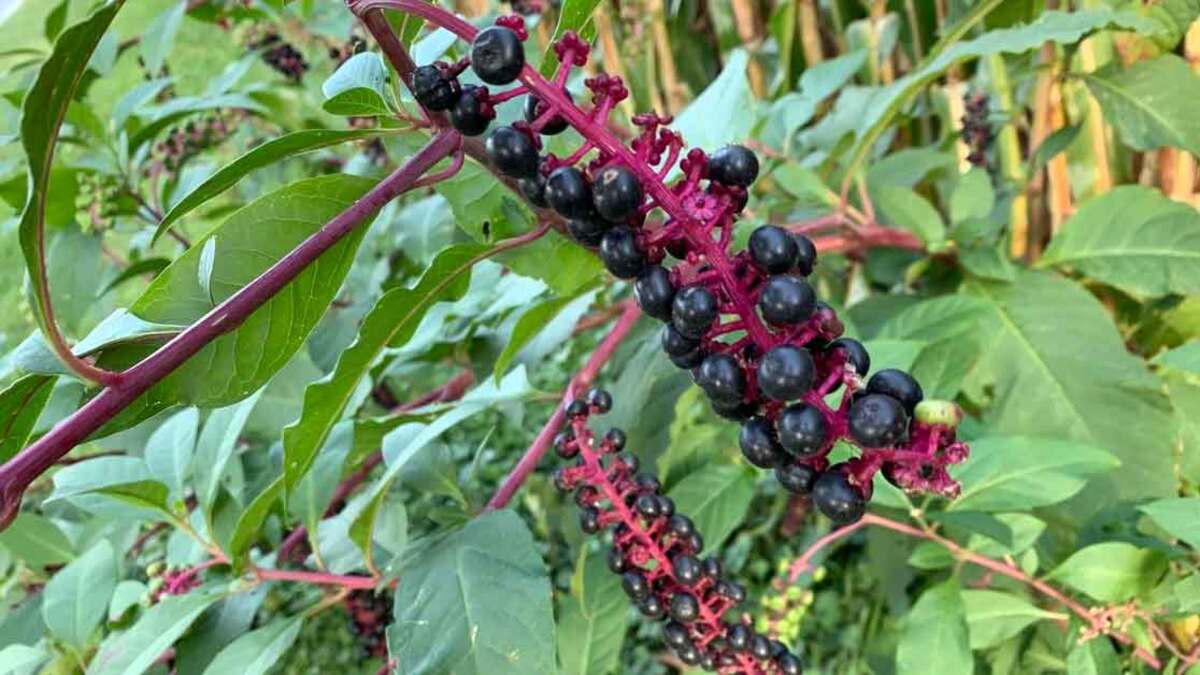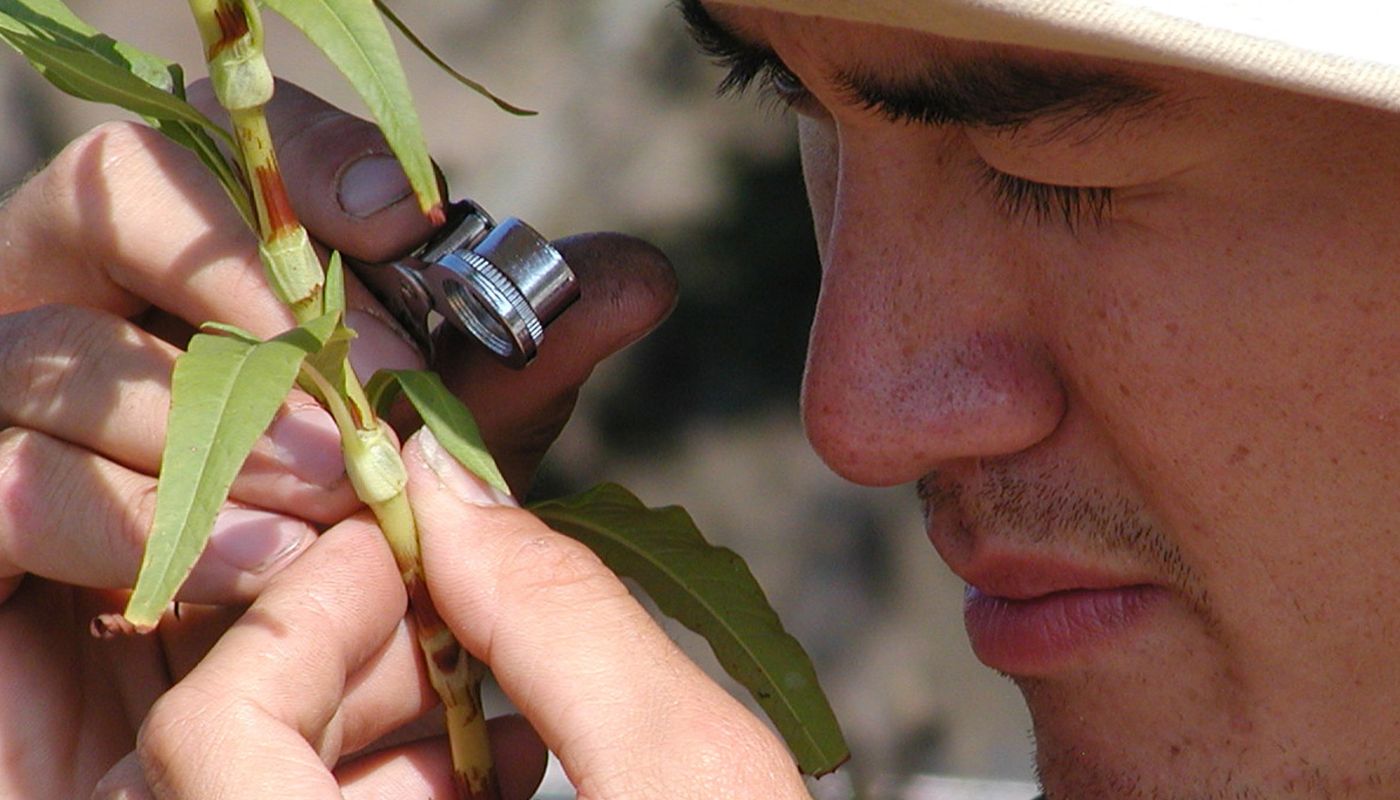Home>Gardening News and Trends>What Does spp. Stand For In Botany


Gardening News and Trends
What Does spp. Stand For In Botany
Modified: January 22, 2024
Discover the meaning of Spp in botany and stay updated with the latest news and developments in the field.
(Many of the links in this article redirect to a specific reviewed product. Your purchase of these products through affiliate links helps to generate commission for Chicagolandgardening.com, at no extra cost. Learn more)
Table of Contents
Introduction
Welcome to the fascinating world of botany, where every plant species holds its own unique significance. As you delve into this field, you may come across the abbreviation “Spp” in various botanical discussions and research papers. But what does Spp mean in botany?
Spp is a commonly used abbreviation in the field of botany, derived from the Latin term “species pluralis.” It is used to refer to multiple species within a specific genus. In simple terms, Spp indicates that there are multiple species, but the exact species names are not mentioned.
This abbreviation is widely employed in botany to provide a general reference to a group of related species rather than specifying each individual species within the group. It allows researchers, botanists, and biologists to talk about a group of species collectively without having to list each species separately.
Understanding the concept of Spp is crucial for those studying botany. It not only streamlines communication but also offers a practical approach in situations where precise identification of each species is not necessary or feasible.
Throughout this article, we will delve deeper into the meaning and significance of Spp in botany. We will explore its usage in taxonomic studies, the importance of using this abbreviation, and provide examples to illustrate its practical application.
So, let’s embark on a journey to unravel the mysteries of the botanical world through the lens of Spp!
Definition of Spp in Botany
In the realm of botany, the abbreviation Spp is used to represent a group of species within a specific genus. It is derived from the Latin term “species pluralis,” which translates to “several species.” When you come across Spp in botanical discussions or literature, it indicates that multiple species exist within a particular genus, without explicitly stating each species name.
Botanists and researchers employ the use of Spp to provide a collective reference to a group of species, particularly when it is not necessary or feasible to list each individual species. This abbreviation simplifies communication and allows for a broader discussion on the characteristics, distribution, and behavior of related species without getting into the specificities of every species within the genus.
By using Spp, botanists can focus on the common characteristics shared by the various species rather than getting bogged down by individual differences. This approach helps in identifying patterns, understanding evolutionary relationships, and studying the ecological interactions within a group of species.
When writing scientific papers or conducting research, the use of Spp provides a more concise and efficient way to discuss a group of related species. It avoids repetitive listing of species names and allows for a broader analysis and discussion of the topic at hand.
It is important to note that Spp is not used as a replacement for specific species names. In situations where the exact identification of each species is crucial, it is necessary to provide the individual species names rather than relying solely on the abbreviation Spp.
Overall, Spp in botany serves as a practical and efficient tool for referencing groups of species within a particular genus. It simplifies communication, facilitates broader discussions, and helps in studying the collective characteristics and relationships within a group of related species.
Importance of Spp in Botany Studies
The usage of Spp in botany studies holds significant importance in various research areas and contributes to a deeper understanding of plant diversity, evolution, and ecological relationships. Let’s explore some of the key reasons why Spp is crucial in the field of botany.
Streamlined Communication: Botanists and researchers frequently deal with a multitude of plant species within a genus. By using Spp, they can refer to a group of related species collectively, saving time and effort in listing each individual species. This streamlined approach allows for clearer and more efficient communication among botanists worldwide.
Evolutionary Studies: One of the fundamental aspects of botany is understanding the evolutionary relationships between plant species. By studying a group of species denoted by Spp, botanists can identify common traits and evolutionary patterns. This knowledge helps in reconstructing the evolutionary history of plants and gaining insights into their adaptive processes over time.
Biodiversity Research: Biodiversity assessments often involve evaluating the diversity of species within a given area or ecosystem. Employing Spp enables researchers to analyze and classify species without getting caught up in the individual species names. This facilitates a broader understanding of biodiversity patterns and aids in conservation efforts.
Ecological Interactions: Botanists studying ecological interactions between species rely on Spp to discuss co-occurring or interacting plant species within a specific habitat or community. By focusing on the broader group of species rather than individual names, researchers can explore the intricate relationships, such as competition, mutualism, and facilitation, among the plant species involved.
Efficiency in Taxonomy: Taxonomy, the science of classifying and naming organisms, can be a complex and time-consuming process. When dealing with a large number of species within a genus, using Spp allows taxonomists to focus on key characteristics and distinguishing features, rather than providing extensive species lists. This promotes efficiency in species identification and classification.
Conservation Planning: Spp also plays a significant role in conservation planning. By understanding the collective characteristics and distribution of species within a particular genus, conservationists can develop targeted strategies to protect the group as a whole. This approach ensures the preservation of a broader range of species and their respective habitats.
Spp provides a valuable framework for botanists and researchers to categorize, study, and communicate about groups of related plant species. Its usage enhances efficiency, facilitates a broader understanding of plant diversity, and contributes to advancements in evolutionary, ecological, and taxonomic studies. As botany continues to evolve, the importance of Spp in unraveling the complexities of the plant world cannot be overstated.
Taxonomy and Spp
Taxonomy, the science of classifying and organizing organisms, forms the backbone of botanical research. Spp plays a vital role in the taxonomic classification of plant species, allowing for a more efficient and comprehensive understanding of plant diversity.
When taxonomists encounter a group of closely related species within a particular genus, they commonly use Spp to refer to these species collectively. This approach allows taxonomists to focus on the key characteristics and distinguishing features that define the group as a whole, rather than individually describing each species.
Using Spp in taxonomy provides several benefits. Firstly, it simplifies the classification process by allowing for a broader discussion of species characteristics without getting lost in the details of individual species. This saves time and effort, especially when dealing with large genera with numerous closely related species.
Secondly, it enables taxonomists to observe patterns and trends within the group of closely related species. By studying the shared morphological, physiological, and genetic traits among the species denoted by Spp, taxonomists can identify commonalities that help differentiate the group from other related genera.
Additionally, Spp is essential in classifying cryptic species, which are morphologically similar but genetically distinct. By using Spp, taxonomists can bring attention to subtle differences that may exist within the group, potentially leading to the identification of new species.
Furthermore, Spp allows taxonomists to establish a framework for future research. By categorizing a group of species under a single abbreviation, taxonomists create a reference point for researchers to explore their characteristics, distribution, and ecological interactions. This facilitates further investigation and contributes to the advancement of botanical knowledge.
It is important to note that while Spp is a useful abbreviation, it is not a replacement for precise species identification. In cases where accurate species identification is necessary, taxonomists must perform detailed studies and assign individual species names.
In summary, Spp plays a critical role in taxonomy, aiding in the classification and understanding of closely related plant species. It streamlines the process of classifying large genera, allows for the observation of patterns within the group, assists in classifying cryptic species, and establishes a foundation for future research. Incorporating Spp in taxonomic studies contributes to a comprehensive and efficient understanding of plant diversity and evolutionary relationships.
Examples of Spp in Botany
Spp, the abbreviation for “species pluralis,” is frequently used in botany to reference groups of related species within a particular genus. Let’s explore some examples of how Spp is employed in botany to classify and discuss plant species.
1. Rosa Spp: The genus Rosa, commonly known as roses, encompasses numerous species with varying characteristics. When referring to the group of roses collectively, botanists often use the abbreviation Rosa Spp. This allows for a broader discussion on the characteristics, distribution, and ecological interactions of different rose species while focusing on their shared traits.
2. Quercus Spp: The genus Quercus includes various oak tree species, such as Quercus robur, Quercus alba, and Quercus ilex, among others. Using the term Quercus Spp enables botanists to discuss oak trees collectively, examining common features like leaf shape, bark texture, and ecological roles. This broader approach aids in understanding the overall diversity and ecological significance of the genus.
3. Primula Spp: Primula is a genus that encompasses a wide range of flowering plants commonly known as primroses. With over 400 recognized species, the use of Primula Spp allows botanists to discuss the collective characteristics, habitat preferences, and geographical distribution of primroses without having to list each individual species.
4. Pinus Spp: The genus Pinus, which includes various pine tree species such as Pinus sylvestris, Pinus strobus, and Pinus ponderosa, is another example of Spp usage in botany. By referring to the group as Pinus Spp, botanists can discuss pine trees collectively, examining common features like needle structure, cone morphology, and ecological adaptations.
5. Brassica Spp: The genus Brassica encompasses a diverse group of plants, including vegetables like cabbage, broccoli, and kale. By using Brassica Spp, botanists can discuss the collective traits, nutritional value, and agricultural significance of Brassica crops, without explicitly mentioning each individual species within the genus.
These examples demonstrate how Spp is used to refer to groups of related species within specific plant genera. It allows botanists to focus on the shared characteristics, ecological roles, and evolutionary relationships within a broader context, rather than getting into the details of each individual species.
By employing Spp, botanists and researchers can streamline discussions, facilitate classification, and enhance understanding of plant diversity. It provides a practical and efficient approach to exploring the various species within a genus and contributes to the overall study of botany.
Conclusion
The abbreviation Spp, derived from the Latin term “species pluralis,” plays a significant role in the field of botany. It allows botanists and researchers to refer to a group of related species within a specific genus without having to list each individual species. By using Spp, communication is streamlined, and focus is shifted towards the collective characteristics, behaviors, and ecological interactions of the species within the group.
Spp is particularly important in taxonomy, where it simplifies the classification process, aids in identifying evolutionary patterns, and assists in the study of plant diversity. It enables taxonomists to establish a framework for research and provides a concise way to discuss groups of closely related species without the need for extensive species lists.
Moreover, Spp contributes to the understanding of plant ecosystems, as it allows researchers to explore ecological interactions, biodiversity, and conservation strategies. By examining shared traits and behaviors within a group denoted by Spp, scientists can gain insights into the complex relationships between plant species and their environment.
Overall, Spp is a valuable tool that promotes efficiency, collaboration, and comprehensive research in botany. Its usage creates a foundation for further exploration and understanding of plant diversity, evolution, and ecological dynamics. As the field of botany continues to advance, the significance of Spp in unraveling the mysteries of the plant world cannot be overstated.




